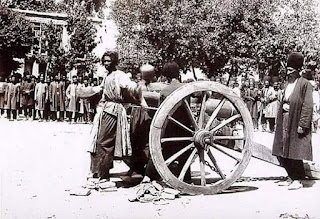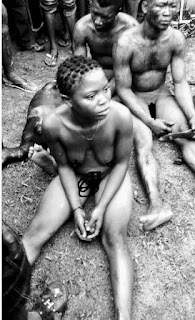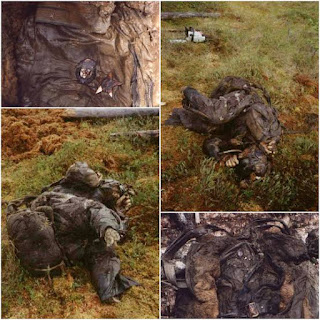Hannah Halley - for infanticide.
Hannah Halley - for infanticide.
Hannah Halley like so many young women at the time found herself in a seemingly impossible situation.
She murdered her new born infant because she could not keep her job and nurse a baby and without the job she could not afford to support the child.
Thirty one year old Hannah worked at the Darley cotton mill in Derbyshire and gave birth to the baby on Tuesday, the 14th of August 1821 at her lodgings in Brook Street, Derby.
Earlier that day her landlady and a friend of the landlady had noticed that Hannah looked very unwell and she agreed that she felt ill. She went up to her room where she gave birth a little later and the two women heard the cries of a new born baby and went up to offer assistance.
When they entered the room Hannah denied that she had given birth and was seen putting a jug under the bed which she had previously been trying to conceal under her clothes.
Hannah continued with the denial so one of the women threatened to get the local constable and left the room to do so, followed by Hannah. The other woman was then able to recover the jug and was horrified to see the baby inside, dreadfully scalded but still alive.
It seems that Hannah had pushed it into the jug and poured boiling water over it.
The constable was sent for and arrested Hannah at the house and she was taken to Friar Gate Gaol to await trial for the murder.
Amazingly the poor little baby lived until the following Saturday.
It transpired that Hannah had had a child five years earlier so she did know that she was pregnant. It is not known what became of this child.
Hannah had to wait to come to trial until the following March when the next Derbyshire Assizes opened. Her case was heard before Mr. Justice Best on Friday the 22nd of that month.
She was charged with the wilful murder of her infant and evidence was given against her by the two women, the constable and a doctor.
A very clear case was presented to the jury proving not only the act but also the intent to kill, as evidenced by Hannah’s frequent denial of her pregnancy. Consequently they had no difficulty in reaching a guilty verdict.
Mr. Justice Best sentenced Hannah to death and she was taken back to Friar Gate Gaol and lodged in the basement condemned cell for the last days of her life.
Having been sentenced at the end of the Assize on the Friday and Sunday being a “Deis non” the execution was to take place on Monday the 26th of March 1822 in accordance with the “Murder Act” of 1751.
The gallows was erected on the pavement outside the main door in preparation. It was described thus by the Derby Mercury. “The drop used on the above occasion was constructed by Mr. Bamford, of this town.
It is formed principally of wrought iron, and tho’ it has a general resemblance to that previously in use, it has a much lighter appearance.
The great advantages of the new drop consist in the facility with which it can be put up, the consequent diminution of expense on every execution, and the decreased annoyance to the neighbourhood.
Formerly it was necessary to commence bringing out the heavy timbers of which the old drop was constructed early in the morning, and many hours were required to complete its erection, during which the loud sounds of mallets and hammers rung in the ears and saddened the hearts of the surrounding inhabitants.
The new drop can be prepared for use in ten minutes (as we are informed) and taken down in the same time. In fact it is drawn from the wall of which the front of it forms a part, and is supported by iron rods let down upon the ground beneath.
Ingenious however as its construction appears, it would be infinitely more consonant to our feelings to report such improved arrangements in prison discipline, and such modifications of the existing criminal code as should render the use of this dreadful instrument of death less familiar to the public mind.”
As was normal Hannah received the support and ministrations of the prison chaplain over the weekend and spent much time in prayer with him. It is recorded that she slept only fitfully and appeared almost prostrate with fear and grief.
However when the time came, she seemed to find reserves of courage and climbed the steps of the gallows with a surprisingly firm step watched by a large crowd. She submitted herself to the necessary preparations and prayed with the chaplain.
When all was ready the drop fell and Hannah reportedly died with very little struggle. Her body was afterwards sent for dissection in accordance with her sentence.
Hannah was the last woman to be executed at Derby and one of only two to be hanged outside Friar Gate Gaol.
Oddly both were called Hannah, the other being Hannah Bocking, three years earlier, who was one of the youngest girls hanged in the 19th century.


.jpg)

.jpeg)






Comments
Post a Comment